Where do you begin with a life so varied? How do you express loss when it is so profound? Yesterday, cinema lost one of the all-time greats. Wesley “Wes” Earl Craven lost his quiet battle with brain cancer yesterday at the age of 76. He died peacefully in his home in Los Angeles leaving behind his wife, producer and former Disney Studios vice president Iya Labunka.
The staff at HorrorBuzz felt this loss in a very deep way. We wanted the chance to simply express how Craven effected our lives and mourn this tragic loss. Indulge us this, the mourning of a horror maestro and kind soul.
When I was in middle school, everyone was talking about a film that had just come out that was changing the rules of horror. Of course, I wasn’t old enough to see it on my own, so I begged my parents to take me. Not being a fan of those types of films, they refused…so I had to wait for a friend of mine to get a bootleg copy. Within minutes of its opening scene, I had fallen in love with Scream, and never looked back. Sure, I had seen plenty of horror films before, but this was different. This one took the tropes and turned them on their head. A Nightmare On Elm Street had haunted my dreams previously, but Scream opened up all new doors as to what horror could be to me. Craven took chances, and made the audience really look at horror in a different way. Not just with Scream, but with all of his films. So to answer “What’s your favorite scary movie?” is a hard question for fans of Craven, because so many of his were masterpieces.
-Jeff Heimbuch
I’ve always seen Wes Craven as the more playful of the horror greats. Working in a genre that explores the darker side of our imaginations, Craven was never afraid to make things weird. Like, extra weird. And that’s a creative feat I admire like nothing else. At the risk of making the obvious choice, I think my favorite films of his are his most iconic slasher movies, A Nightmare on Elm Street and Scream, two films in conversation with one another–the latter of which could not exist without the former. Of all the classic slashers, Craven’s creations were…well, they were different. Freddy Kreuger wasn’t just a slasher villain–he was a slasher villain who killed you in your dreams. He didn’t hold a weapon–he made a glove that turned his entire hand into a weapon! With so many films mastering the eeriness of a silent stalker, Craven chose to give Freddy Krueger a voice–granted, a voice that became increasingly comedic over the span of sequels Craven lost control over, but it was always an entertaining voice nonetheless. And with that voice Freddy had a personality. He was fun–but he was also a child murderer. Both of those things at once. And we love it. More than a decade later, Craven directed the film famous for reviving the slasher, Scream, which once again broke the mold by creating self-aware killers full of meta-commentary on the genre. And it wasn’t only his killers who interested us. Craven seemed to have a soft spot for his heroines, bringing back Elm Street final girl Nancy (Heather Langenkamp) and Scream star Sidney (Neve Campbell) for every sequel he directed in each franchise and presenting them as intelligent, worthy adversaries to the iconic villains. He created (OK, in the case of Scream, directed) characters within familiar archetypes to a point, but also stretched them a bit beyond what we as an audience were used to. He toyed with us, just a little, giving us what we expected to see from him and then some. And we love that too. And of course he did a bunch of other crazy, influential stuff. He took zombies back to their drug-induced, folkloric roots in The Serpent and the Rainbow, and don’t even get me started on his toying with urbanization anxiety madness in The People Under the Stairs and The Last House on the Left. He tackled horror in ways no one else did. So this is all to say, goodbye, Wes Craven. And thank you, with all of the sincerity from the bottom of my strange little heart, thank you so much for making things weird.
-Anna Mavromati
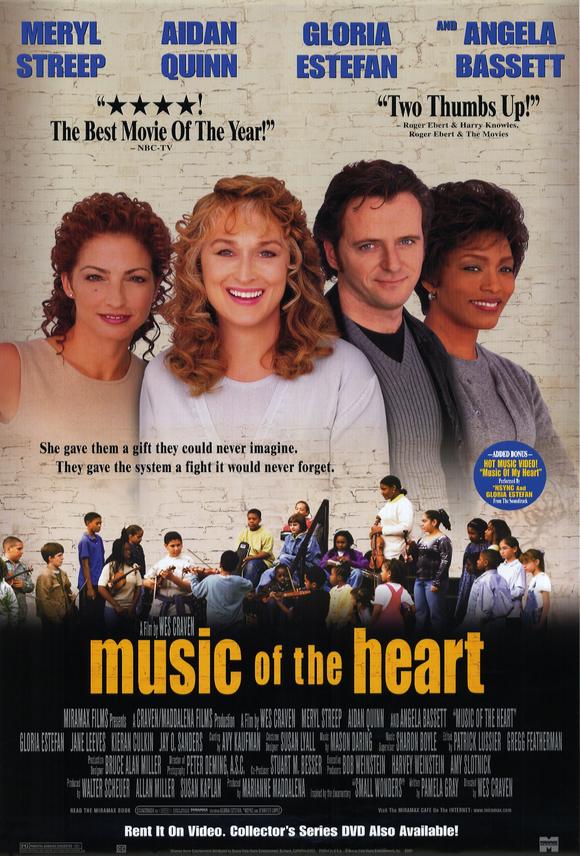
Wes Craven shaped a huge part of my horror experience growing up. I can honestly say that my wife is Freddy Krueger to my Jason Voorhees, so his horror fingerprint features prominently in our house. But I think that the movie that had the greatest influence on me as a filmmaker was his 1999 drama Music of the Heart, a film that earned Meryl Streep yet another Oscar nomination. It’s not just because my own mother was a music and piano teacher who often struggled against the tidal wave of declining support and funding for music education, but also because Wes knew he was taking a huge risk stepping away from his known “genre” to make this film, as a matter of fact if you look at his list of films it completely stands on his long list of thrillers. And I think that is what I will remember most about this master of horror, he was always taking risks and experimenting. Several years ago, when DVD and Blu-Ray extras had studios combing their raw footage for extras, I bought my wife a copy of A Nightmare On Elm Street and was treated to my first viewing of the numerous alternate endings they shot for the original film. A practice Wes utilized often against the wishes of the studios he worked with, always trying to make his films better. He also took an enormous risk with his Nightmare franchise reboot Wes Craven’s New Nightmare, taking back his original vision of Freddy and making him much more monster and much less cartoon, and by breaking the fourth wall and allowing Freddy to terrorize the real life filmmakers behind the series, he got a few laughs in at the expense of New Line, who had taken his creation and watered it down so much, the flames in the boiler room were extinguished. As a horror fan, I will miss his imagination, his ability to craft a story, and his desire to push boundaries. As Freddy once said, “Every town has an Elm Street!”, and Wes made all of them more terrifying.
-Ken Toghia
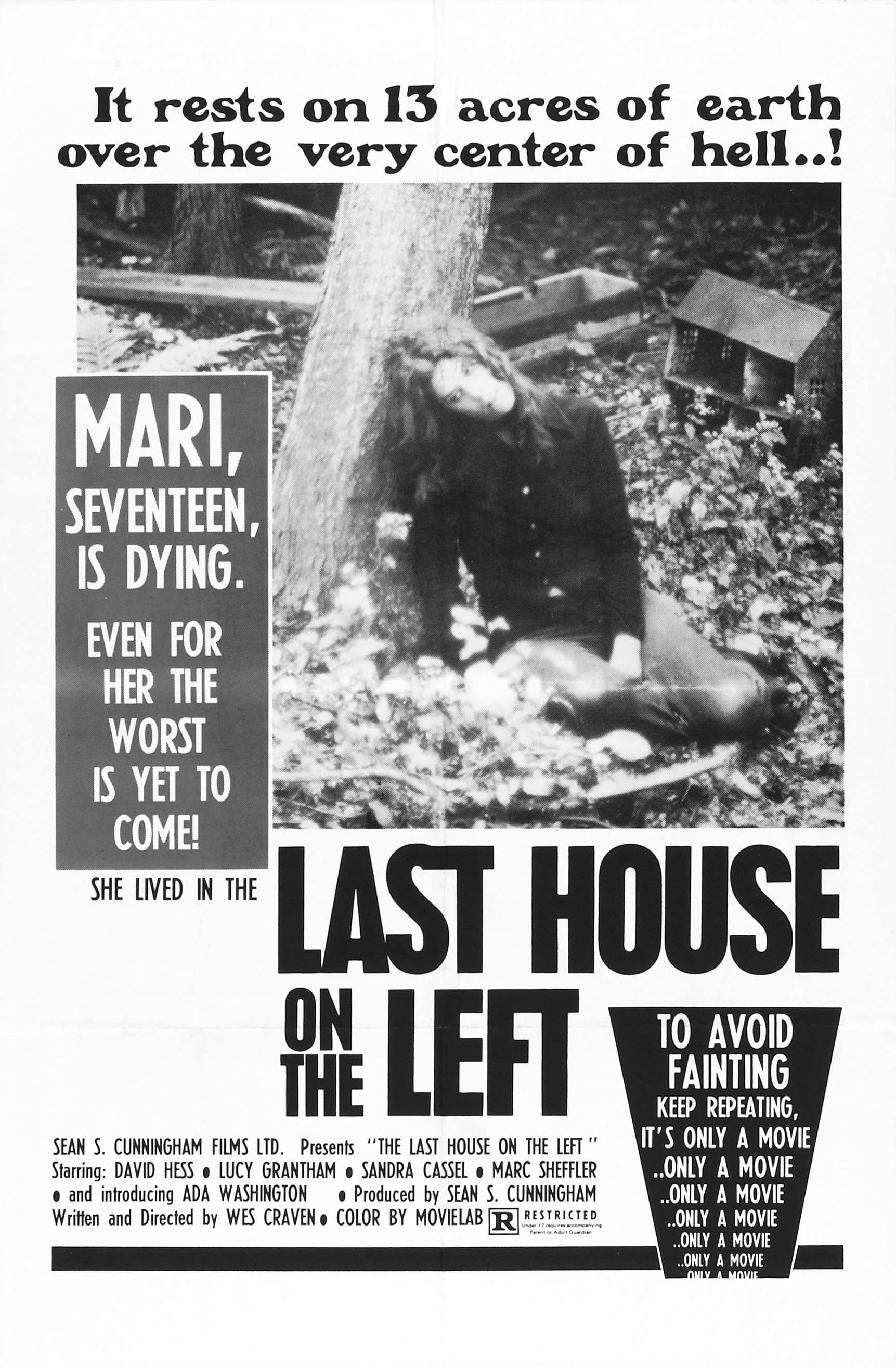
One Comment
Leave A Comment
You must be logged in to post a comment.

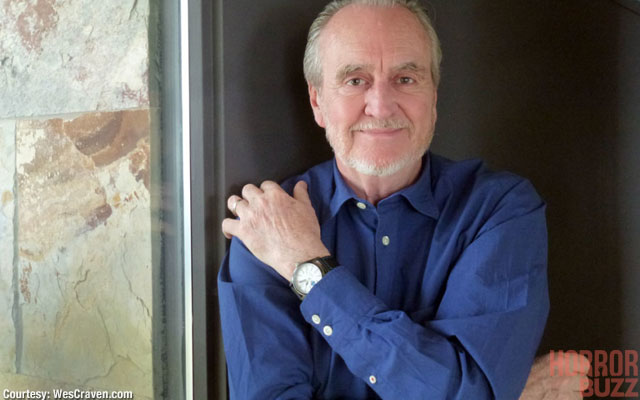

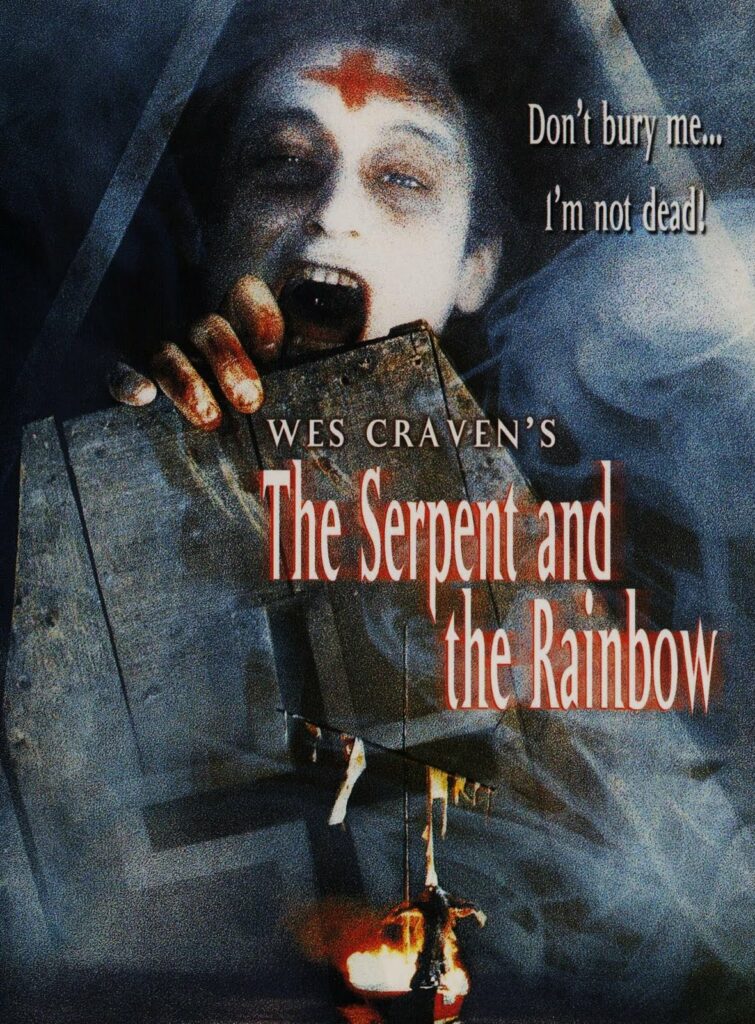
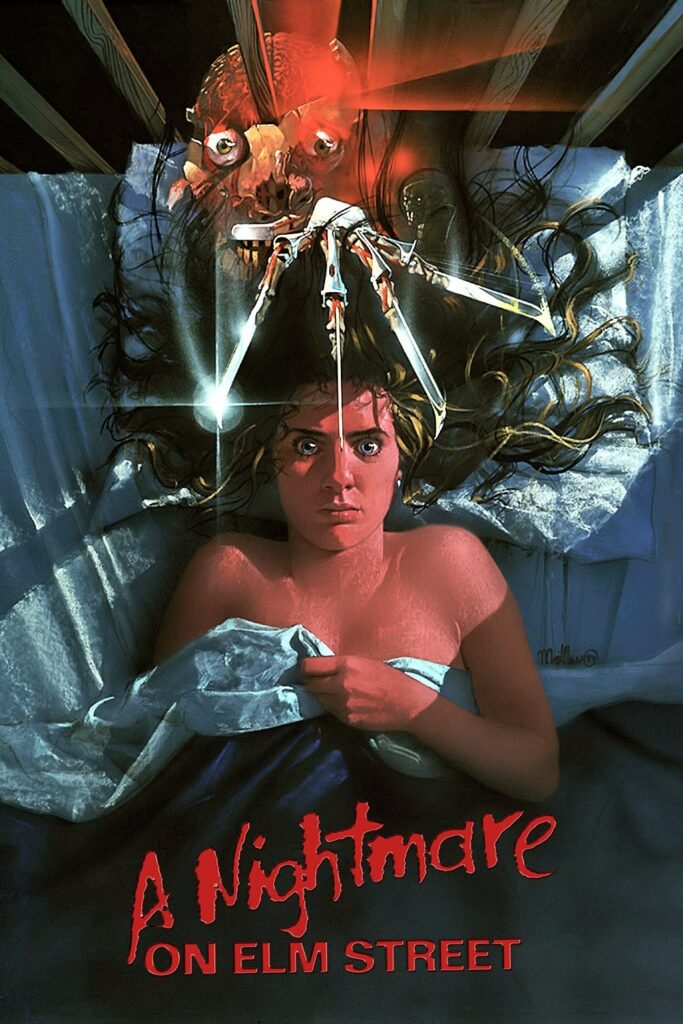

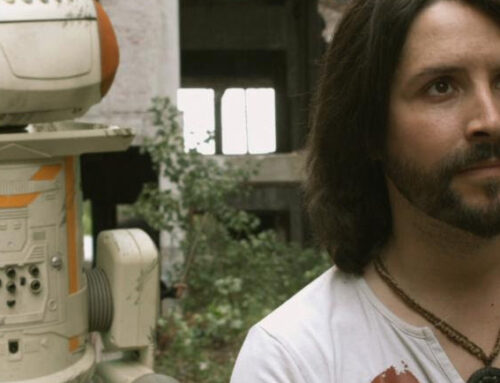

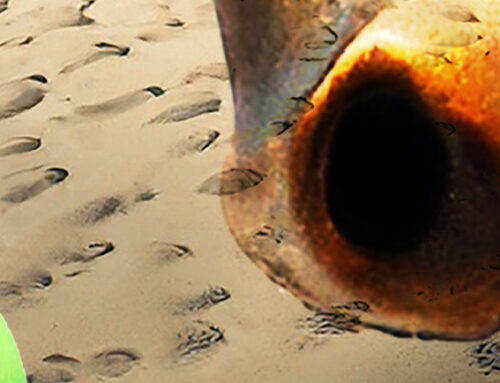



In Honor Of Wes Craven, Master Horror Director, Watch This Obituary Death Video. #RIPWesCraven https://www.youtube.com/watch?v=OhygXmo1eWk
Read more at http://m.snopes.com/2015/08/30/wes-craven-dead/#v70yC5zuR2ol8YlH.99